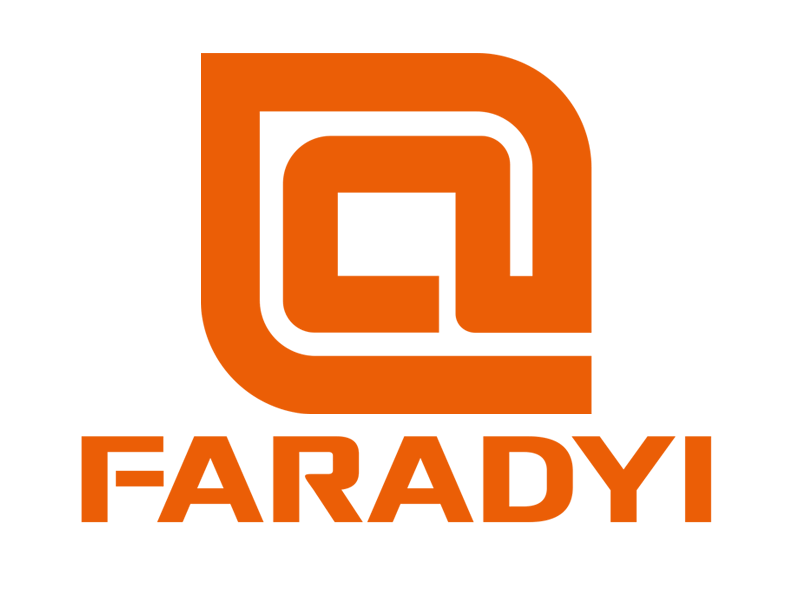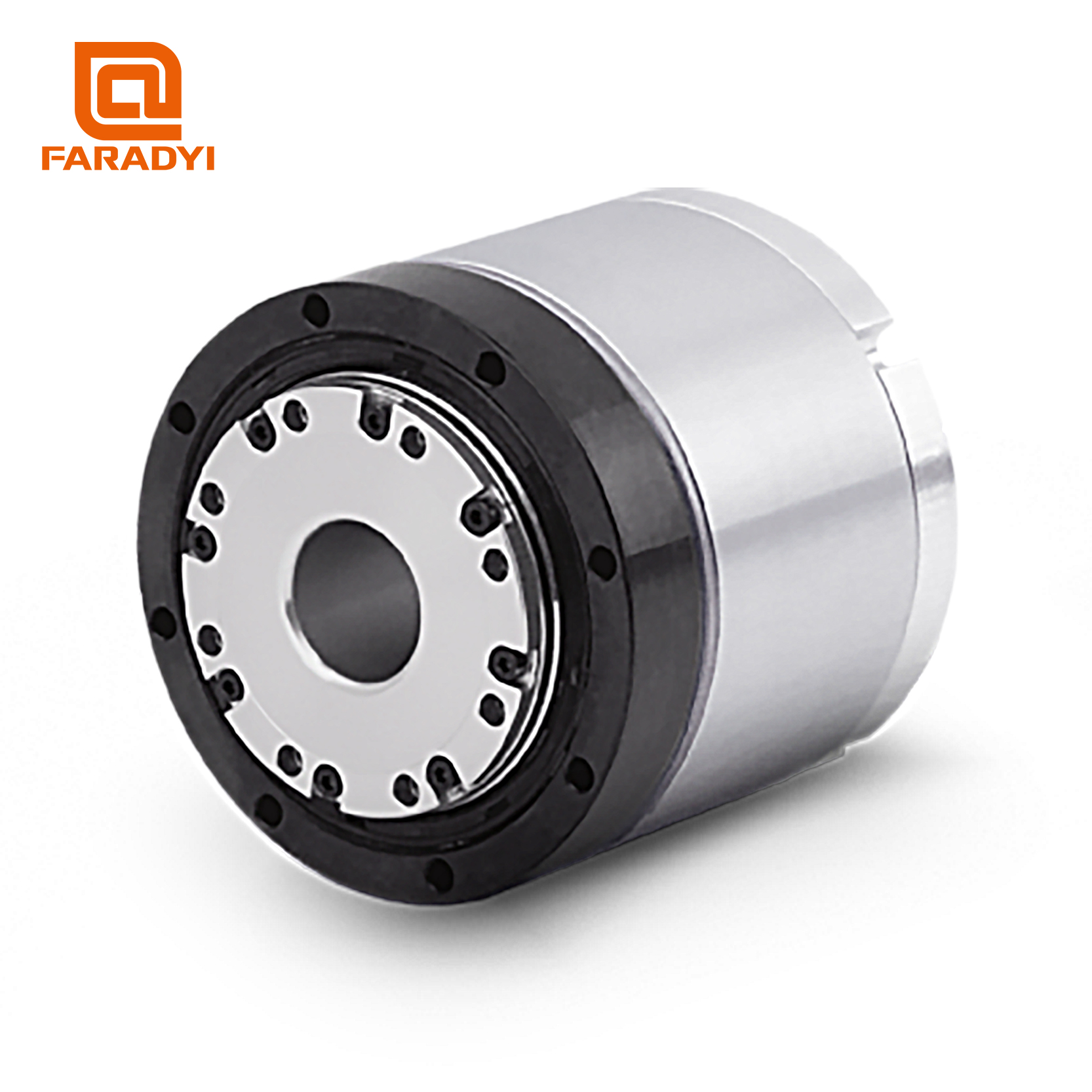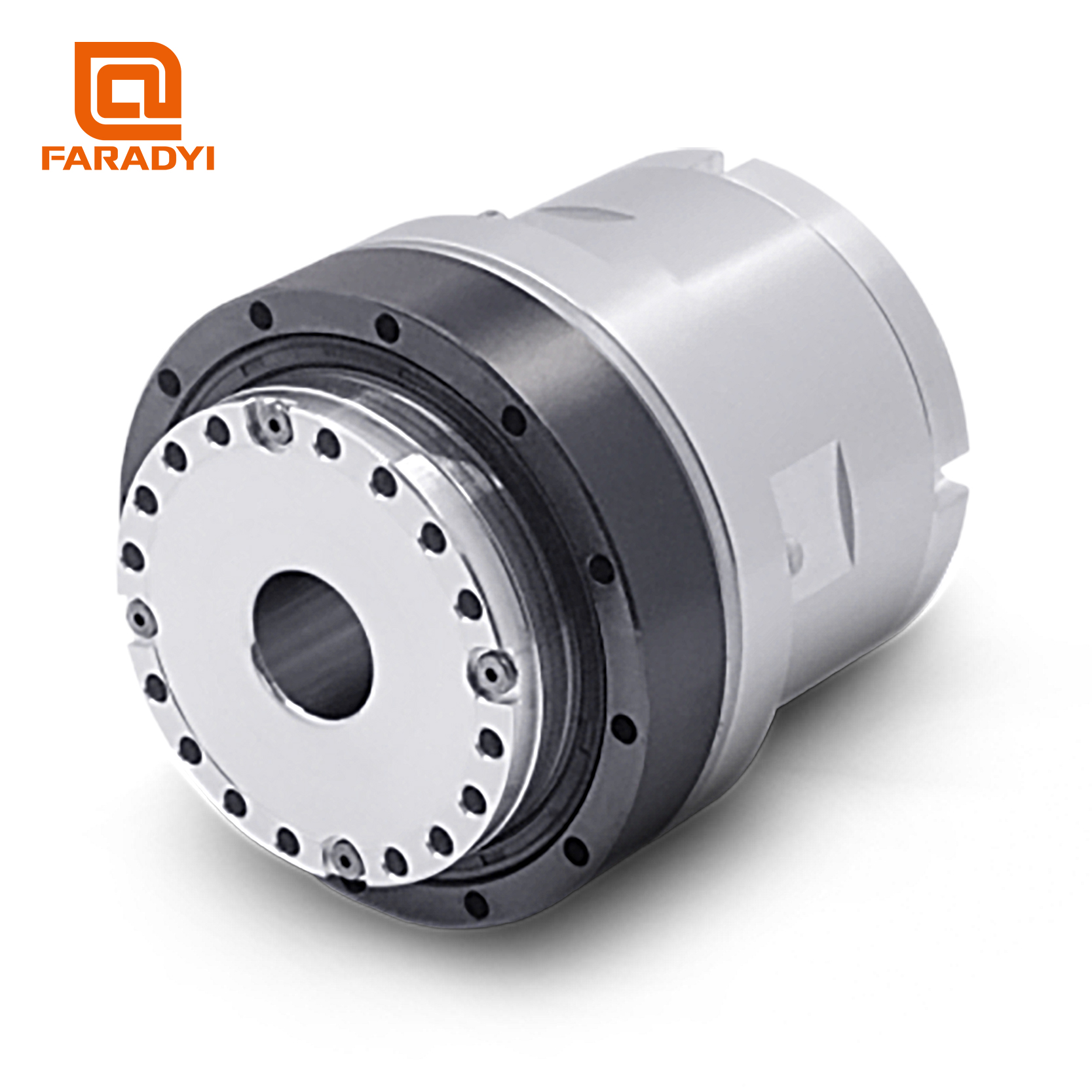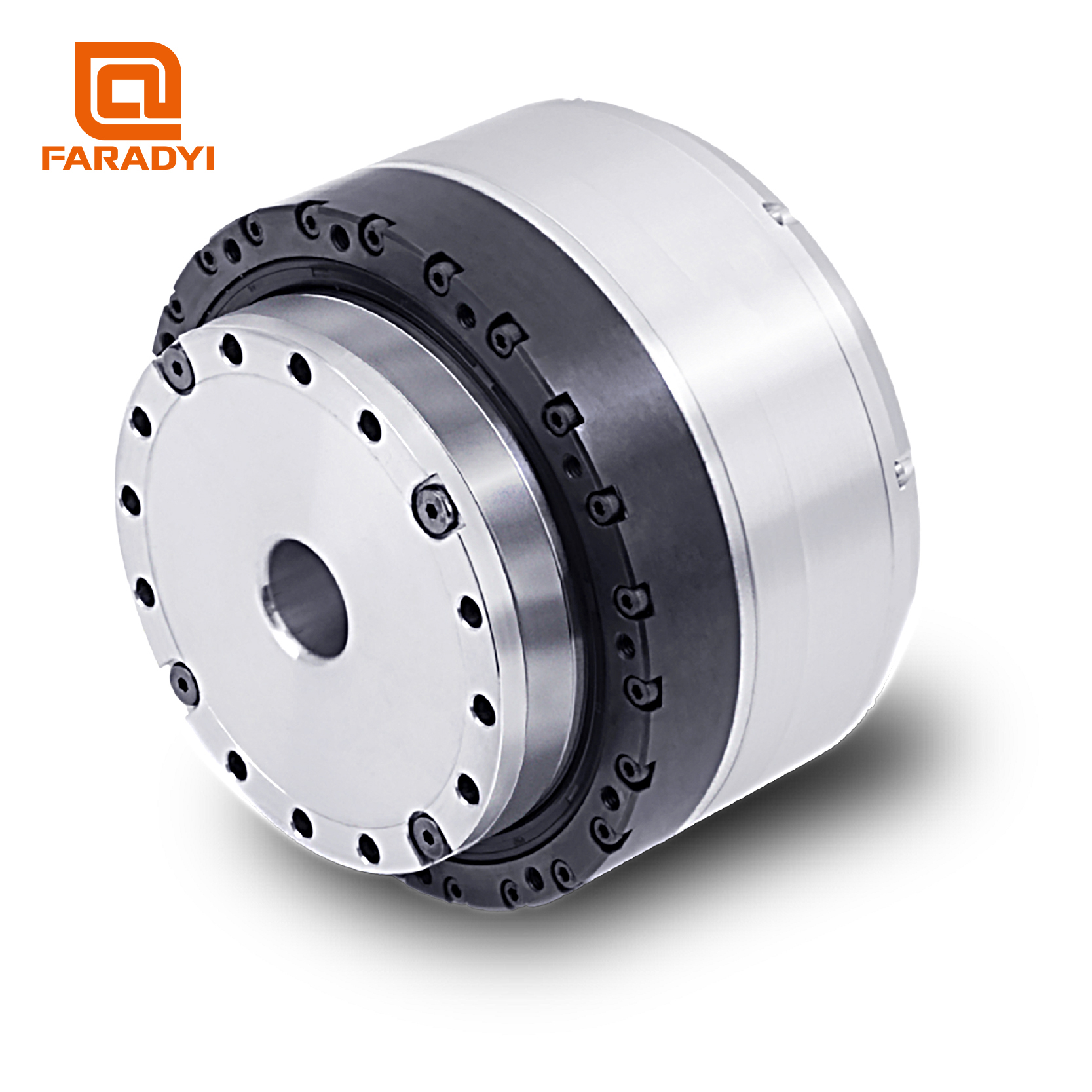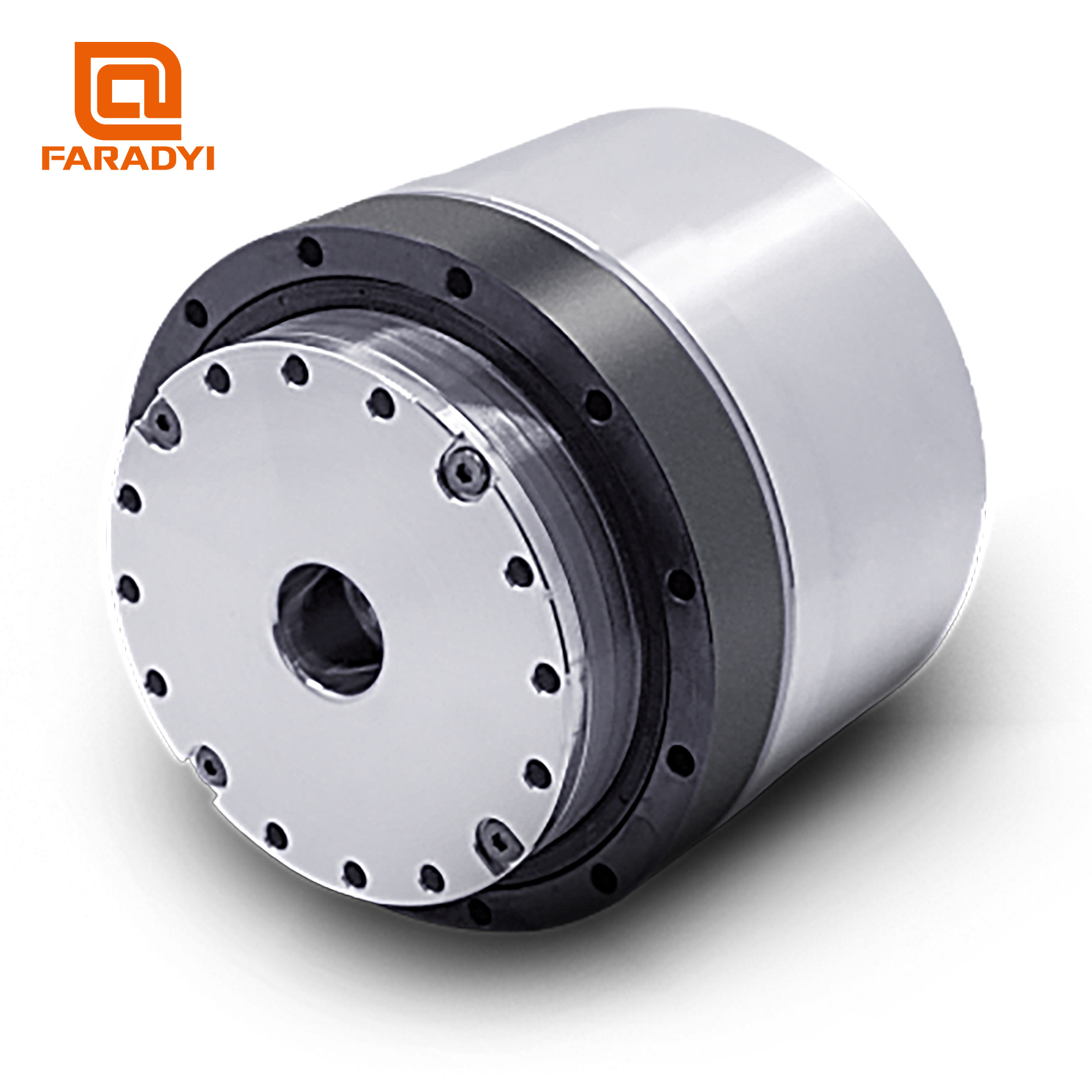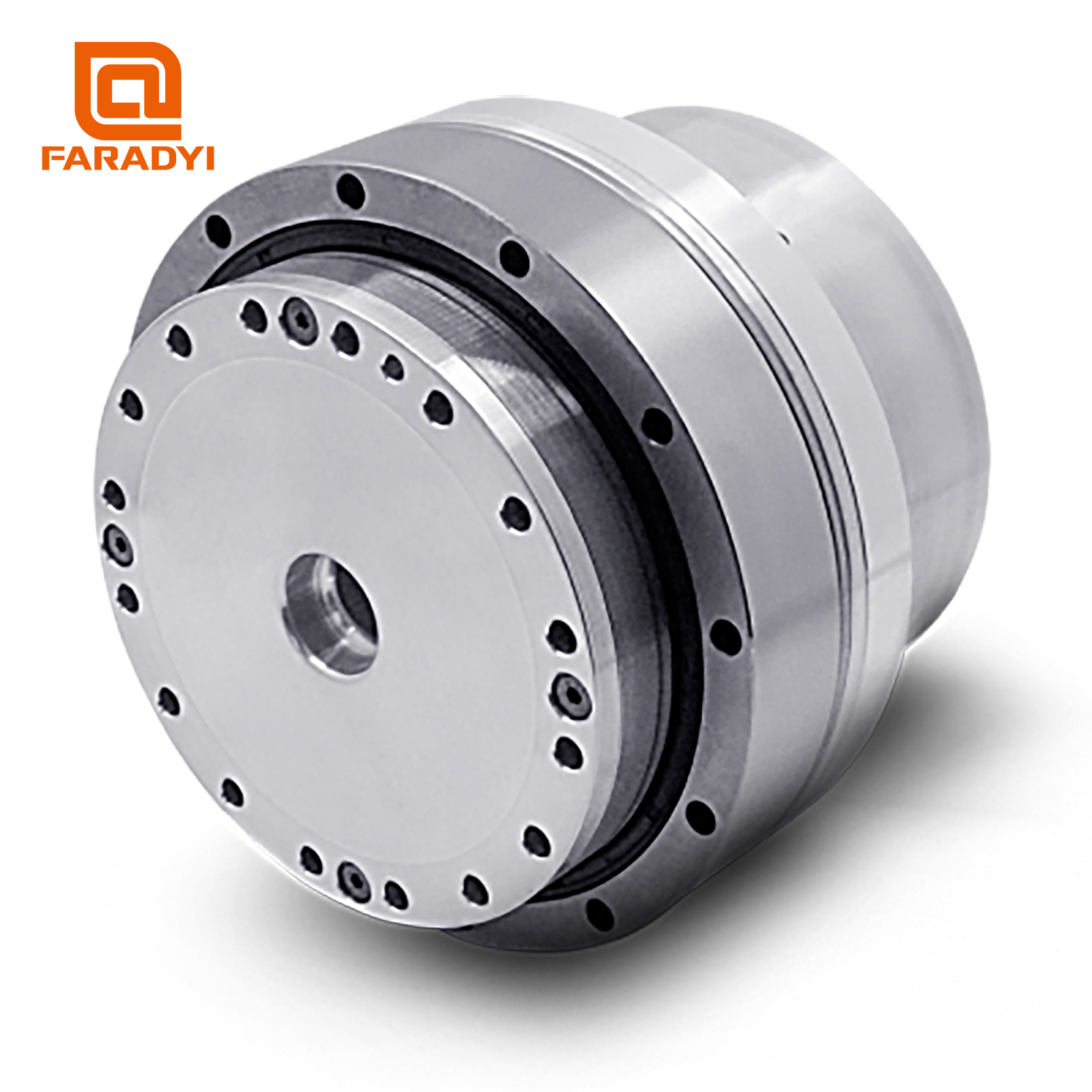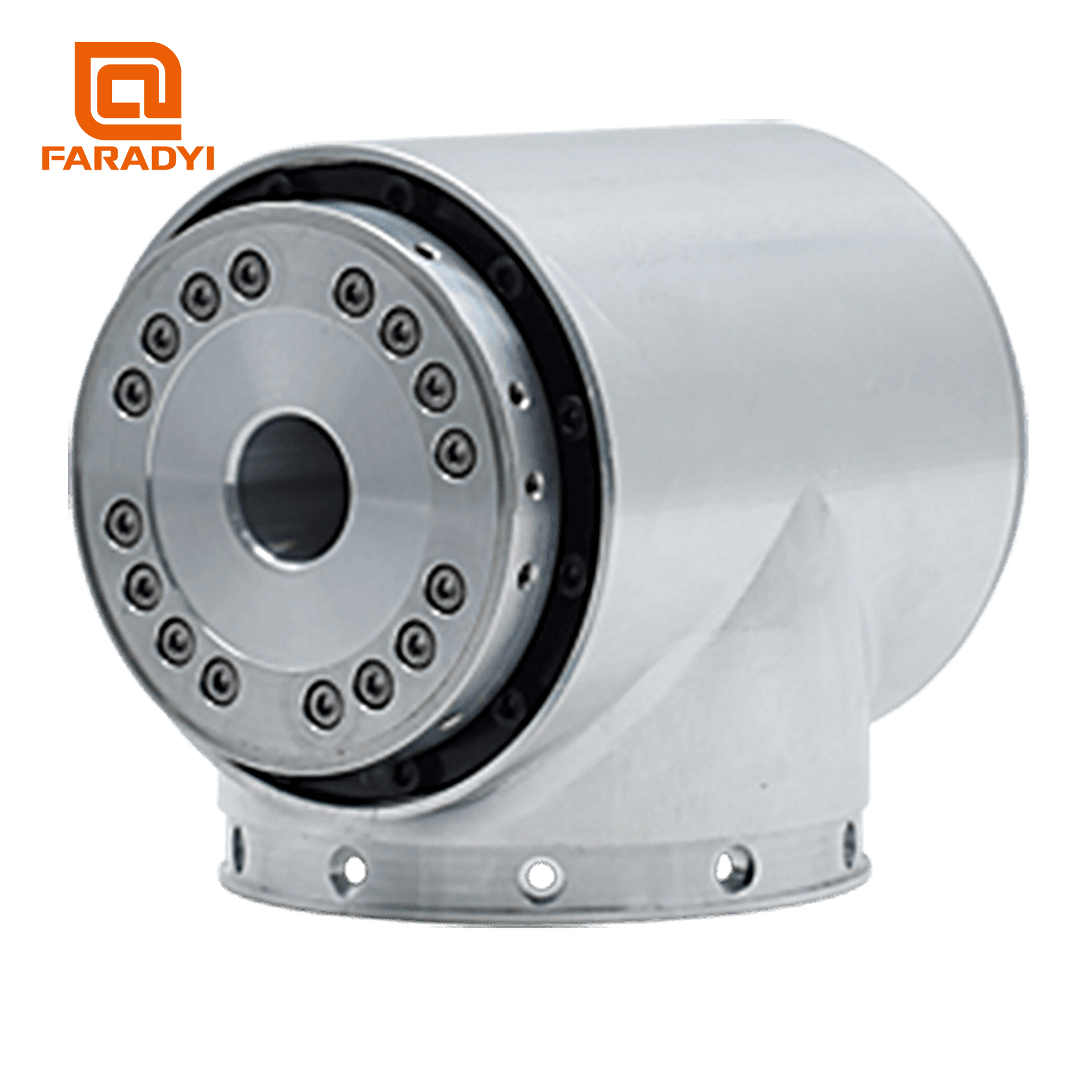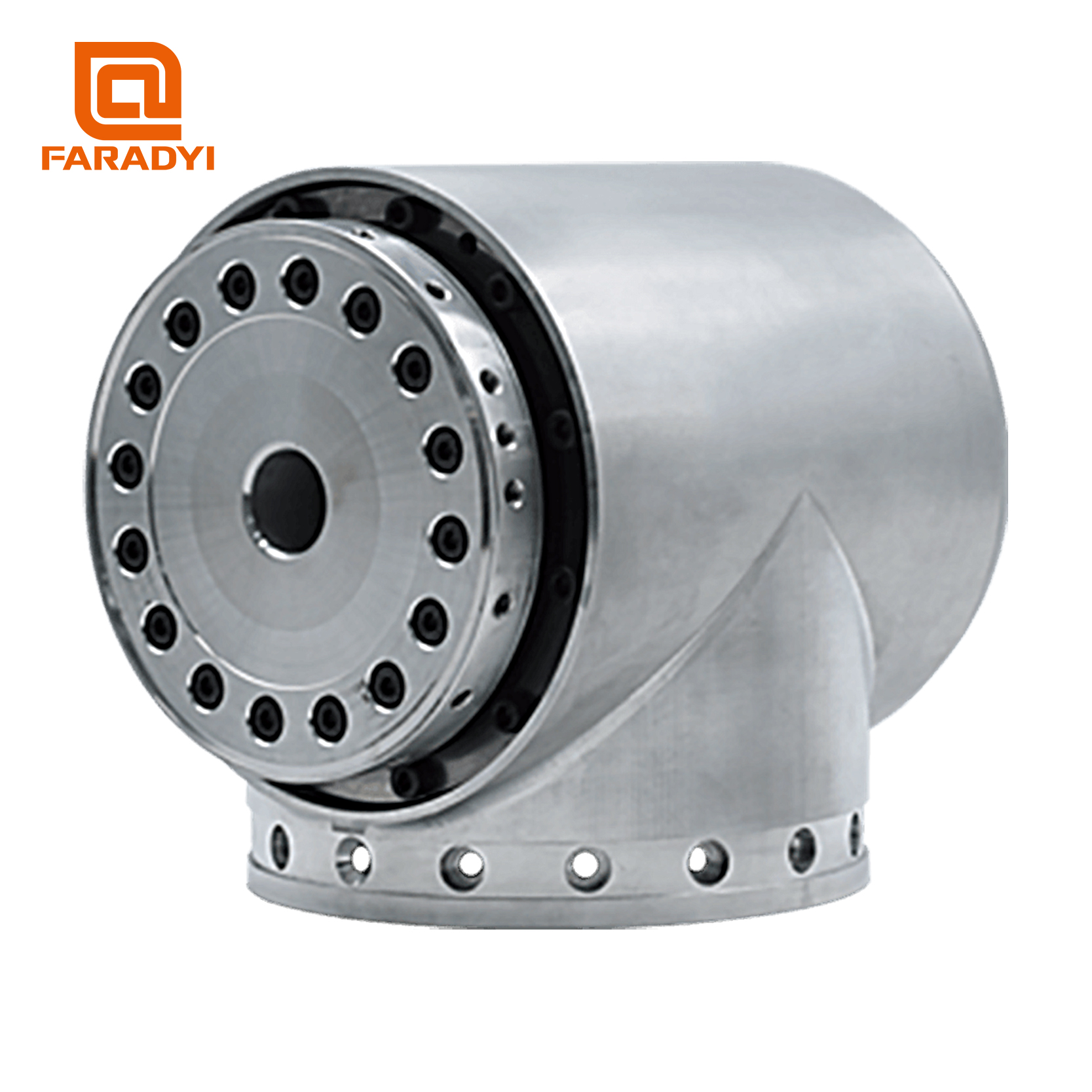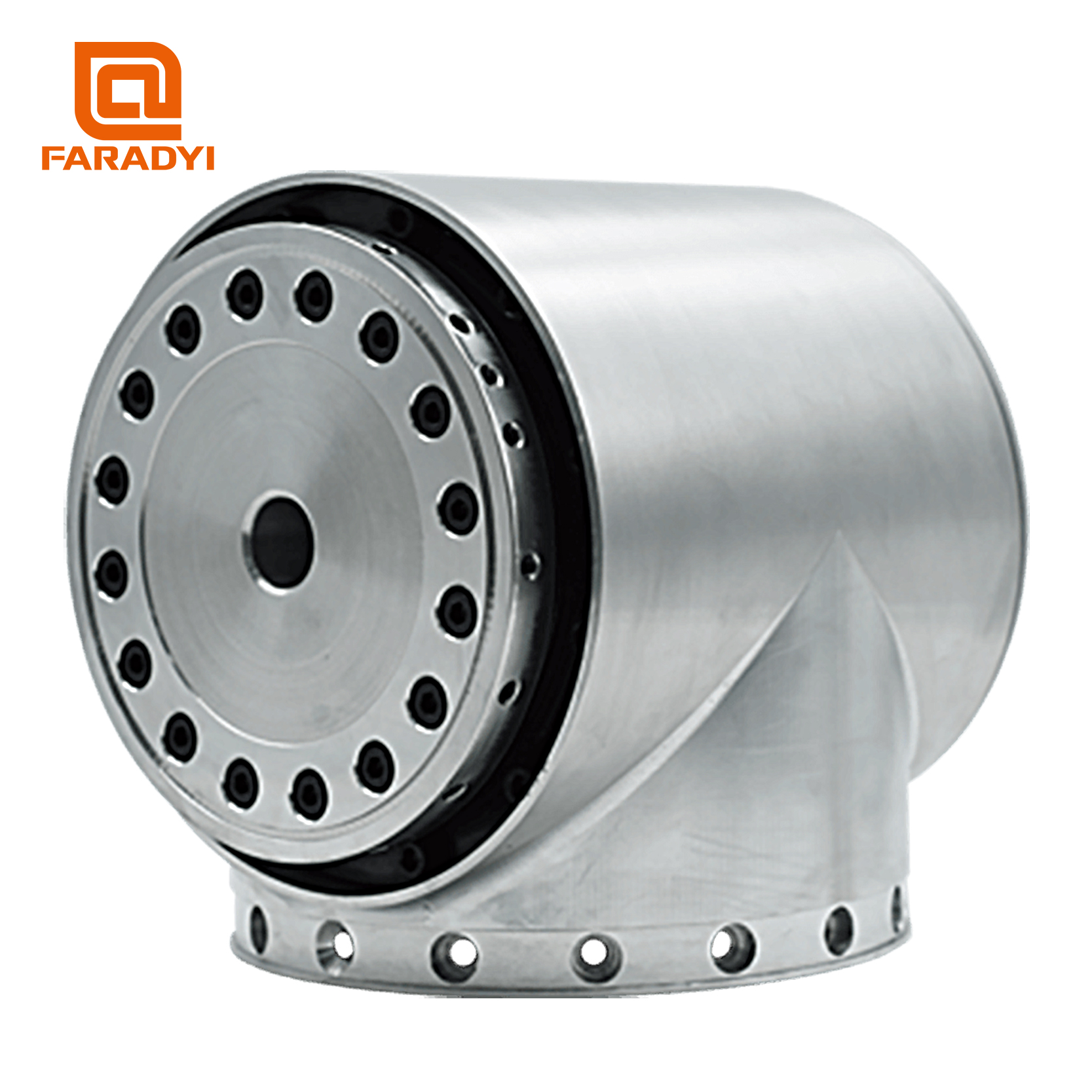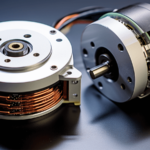Introduction:
Permanent Magnet Brushless DC (BLDC) motors are widely used in various fields such as automotive, aerospace, and household appliances. During the operation of BLDC motors, torque ripple is a common phenomenon that may affect the motor’s performance and stability. This article will delve into the causes, influencing factors, and solutions related to torque ripple in permanent magnet brushless DC motors.
Causes of Torque Ripple:
The torque ripple in permanent magnet brushless DC motors is mainly caused by the following factors:
Magnetic Field Non-Uniformity: The non-uniform distribution of the magnetic field inside the motor can lead to different magnetic effects on the rotor at different positions, thereby causing torque ripple.
Motor Design Parameters: Parameters such as the structural design of the motor, coil layout, magnet shape, etc., can all influence torque ripple.
Control Algorithms: The quality of control algorithms also has a significant impact on torque ripple. Advanced control algorithms such as Field-Oriented Control (FOC) can effectively reduce torque ripple.
Factors Influencing Torque Ripple:
Torque ripple has significant effects on the motor system, mainly manifested in the following aspects:
Vibration and Noise: Torque ripple increases motor vibration and noise, affecting the stability and comfort of the motor operation.
Efficiency Reduction: Torque ripple can reduce the efficiency of the motor within a certain speed range, increasing energy consumption.
Mechanical Wear: Long-term operation with torque ripple may lead to increased mechanical wear of the motor, reducing its lifespan.
Solutions:
To reduce torque ripple in permanent magnet brushless DC motors, the following measures can be taken:
Optimization of Design: By optimizing motor structural design, magnet shape, coil layout, and other parameters, magnetic field non-uniformity can be minimized, reducing torque ripple.
Improvement of Control Algorithms: The use of advanced control algorithms such as Field-Oriented Control (FOC) and Direct Torque Control (DTC) can effectively reduce torque ripple.
Integration of Gyroscopes and Sensors: Integrating gyroscopes and sensors into the motor system allows real-time monitoring of motor vibration and torque ripple, enabling adjustments through appropriate control strategies.
